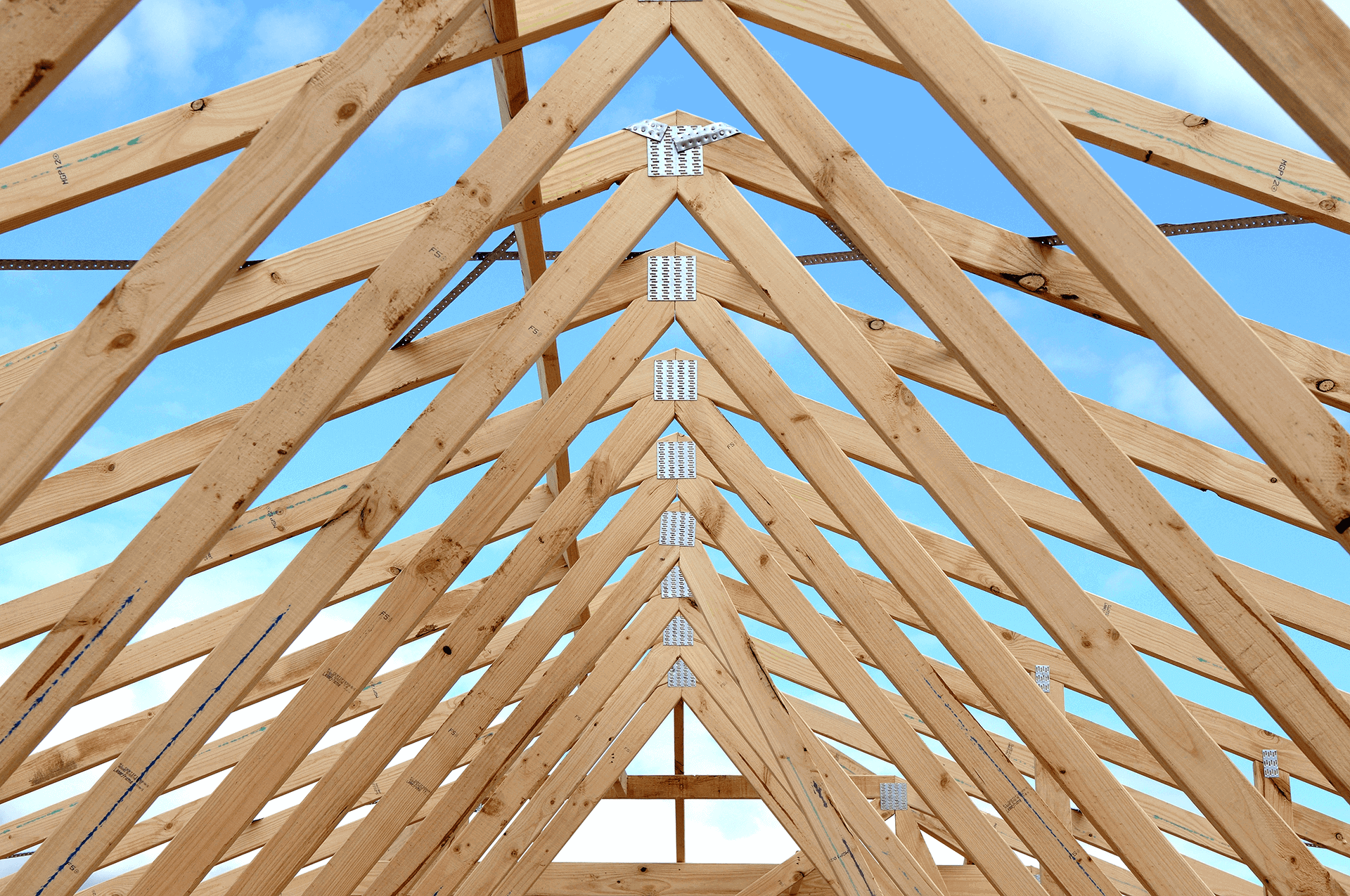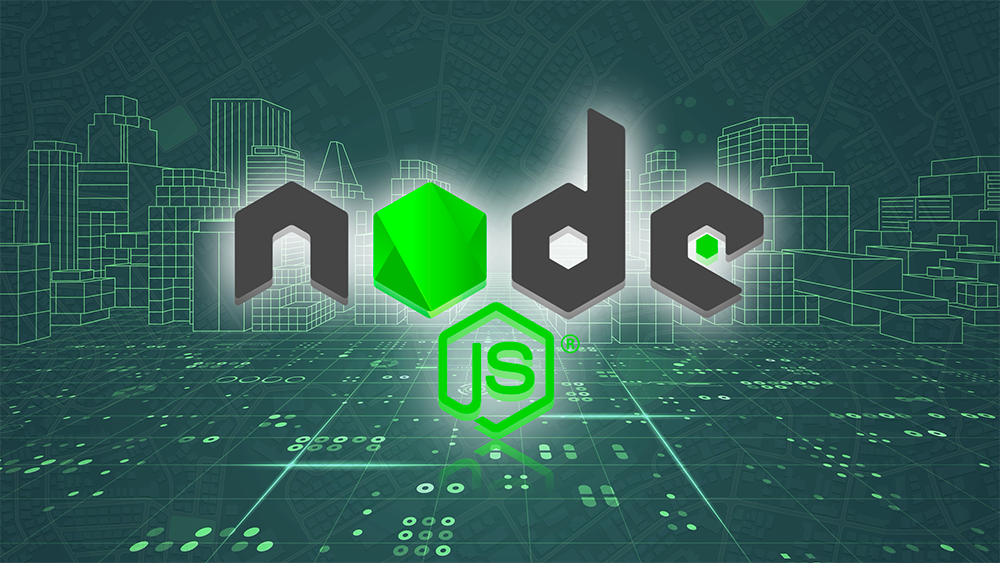
In the world of architecture and construction, precision and efficiency are paramount. The intricate process of designing roof trusses, which form the skeletal framework of roofs in buildings, demands meticulous planning and calculation. This is where roof truss design software emerges as a game-changer, revolutionising the way structural engineers, architects, and builders approach their craft.
The Importance of Roof Trusses
Before diving into the capabilities of roof truss design software, let’s briefly understand the significance of roof trusses in construction. Roof trusses are essential components that provide structural integrity to a building’s roof. They distribute the weight evenly and help support various roof types, from the classic gable to more complex designs like hip and gambrel roofs. Efficient roof truss design ensures stability, durability, and safety in any construction project.
Challenges in Traditional Roof Truss Design
Traditionally, roof truss design was a labour-intensive and time-consuming task. Architects and engineers had to rely on manual calculations, which were not only prone to errors but also consumed a significant amount of time. These calculations involved complex mathematical equations, taking into account factors like roof pitch, load-bearing capacity, material specifications, and more.
Moreover, traditional methods have emerged as a game-changing tool that streamlines the entire design process. Here’s how:

- Efficiency:These software solutions significantly reduce the time required to design roof trusses. They automate complex calculations, instantly providing engineers and architects with accurate results.
- Customisation: Roof truss design software allows for greater customisation. It empowers architects and builders to experiment with various roof designs and materials while ensuring structural integrity.
- Cost Savings: By optimising designs and materials while ensuring structural integrity.
- Collaboration: Many roof truss design programs offer collaborative features, allowing architects and engineers to work seamlessly together on projects, no matter where they are located.
- Visualisation: Some software provides 3D modelling and visualisation tools, enabling stakeholders to get a realistic preview of the final structure.
- Compliance: Roof truss design software often includes databases of industry standards and building codes, ensuring that designs meet all regulatory requirements.
Conclusion
Roof truss design software has ushered in a new era of precision and efficiency in the construction industry. It empowers architects and engineers to push the boundaries of design while ensuring structural integrity and compliance with regulations.
As technology continues to evolve, we can expect even more advanced and user-friendly solutions to emerge, further enhancing the art and science of roof truss design. In a world where time and resources are precious commodities, these software tools are providing to be invaluable assets for the construction industry.






